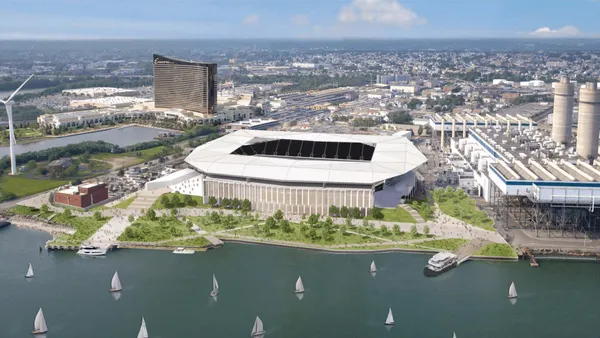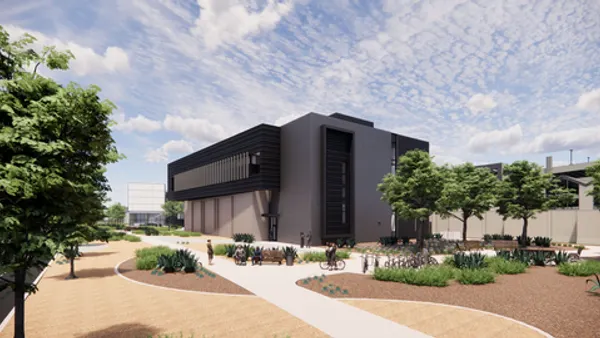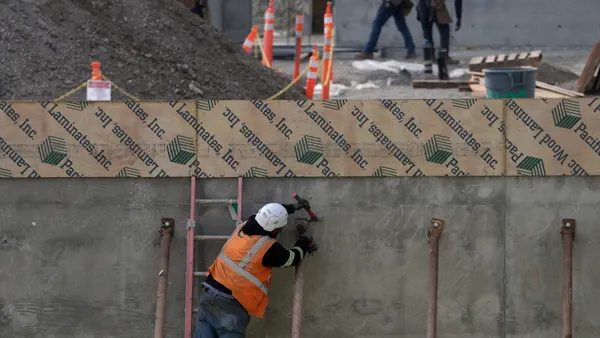Dive Brief:
- Apple's quest for perfection in the construction of its new $5 billion campus in Cupertino, CA, along with permitting delays, has led to a two-year delay in its completion, according to Reuters.
- Construction teams working on the 2.8-million-square-foot main structure, dubbed the "spaceship" because of its ringed shape, scrutinized every detail, even those that would be out of sight after construction was finished, people working on the project told Reuters.
- In pursuit of late company founder Steve Jobs' vision, the structure defied the latest trends in open, collaborative office design in favor of iconic and symbolic features.
Dive Insight:
The project was initially scheduled to be complete in 2015, but the new target date is sometime this spring, a slight delay from its revised November projection of a first-quarter finish. Disagreements and high expectations were a drag on the schedule, and some of those issues were:
The company also changed contractors mid-project when the joint venture of Skanska USA and DPR was replaced with Atlanta-based Holder Construction, but it brushed off talk of controversy and never spoke to any details of the switch. Although reports attributed the switch to a string of delays and cost overruns, the official motive for the departure of Skanska-DPR is still unknown.
Much of the design talk revolved around the company's intention to come away with a building as meticulously engineered as the iPhone. Onlookers have said the campus will "raise the bar" for construction standards, as every aspect reportedly has been developed with microscopic precision. The project reportedly has created 13,000 construction jobs since it broke ground.
When complete, the new building, which utilizes the largest pieces of curved glass in the world, will be able to hold 12,000 employees, all of whom will have access to a $160 million auditorium, a $70 million wellness center and a 60,000-square-foot cafeteria. The interior of the building, a 30-acre core, will contain 7,000 trees, walking trails and a pond. In addition, the campus will rely on solar power and biofuels for its energy needs and feature a natural ventilation system that does away with the need for mechanical cooling or heating for a majority of the year.










